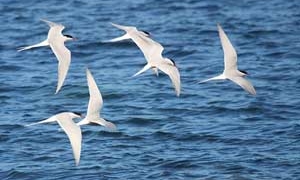Although these bird species no longer exist today, the terror they caused has become legendary.

According to the fossils that remain to this day, the Titans were a predatory bird species belonging to the family Phorusrhacidae, which lived in North America during the Blancan stage and became extinct in the Gelasian epoch. With a length of 2.5 meters and weighing 150 kg, they were truly terrifying predators of the skies.

Physornis roamed the Earth about 28 to 23 million years ago and was regarded as a “terror” to other species.

The wingspan of the Merriam’s Teratorn reached up to 3.5 to 3.8 meters with an area of 17.5 m2. Many fossils of this special bird have been found in California, Arizona, and Florida.
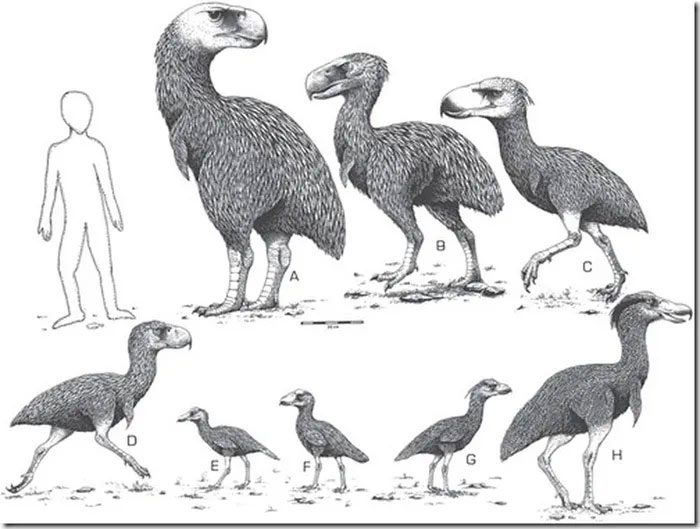
The Paraphysornis bird, belonging to the Phorusrhacidae family, is considered one of the terrorizing birds flying in the prehistoric skies. They measured 2 meters in length, weighed between 200 and 250 kg, and were among the most fearsome carnivores of their time.

The Osteo is a marine bird and a close relative of today’s pelicans. They had a wingspan of about 6 meters, stood 1.2 meters tall, and possessed a beak that made up three-quarters of the length of their head.

Phorusrhacos was once a terror, haunting the forests and grasslands of Patagonia. These birds stood about 2.5 meters tall and weighed around 130 kg. They would typically grasp their prey in their beak and strike it against the ground multiple times to kill it.

Kelenken is a member of the Phorusrhacidae family and one of the largest carnivorous birds of all time. They could reach a height of 3 meters and weigh between 220 and 250 kg.
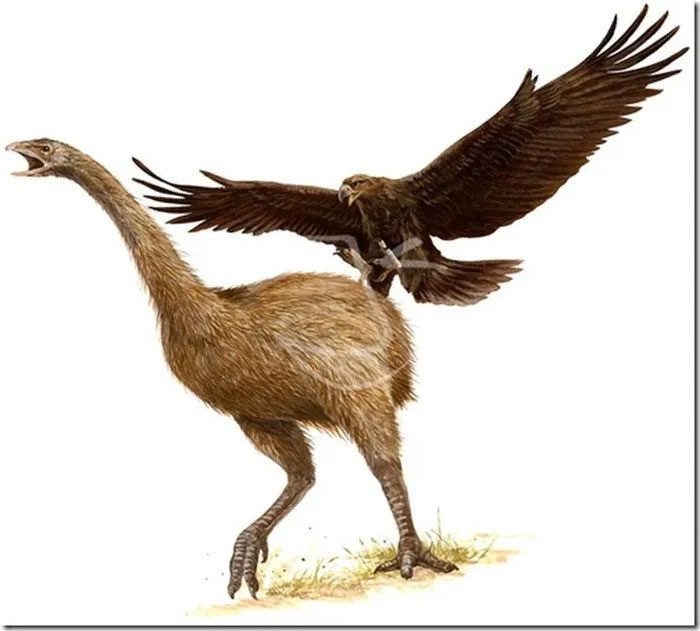
Once dominating the southern islands of New Zealand, Haast were the largest eagles to ever exist. Although small (around 9-16 kg), they could turn massive flying birds into prey, with pursuit speeds exceeding 80 km/h.
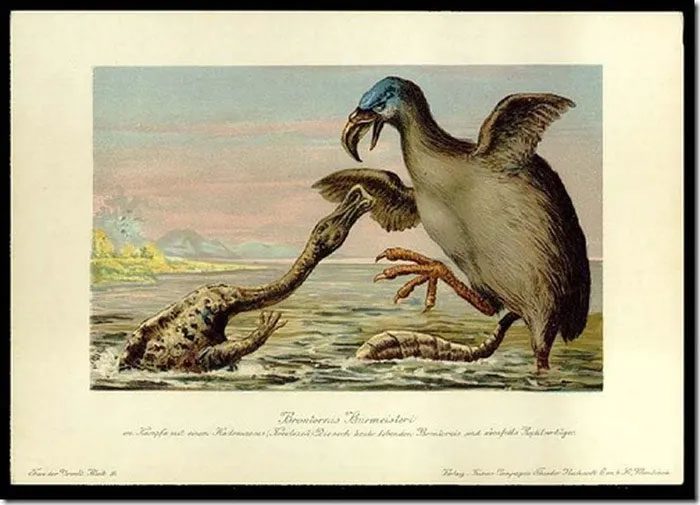
Brontornis was a gigantic carnivorous bird that lived in Patagonia. An adult could stand 2.8 meters tall and weigh between 350 and 400 kg. They were not particularly agile, so they often chose to ambush their prey, a method that proved to be highly effective.
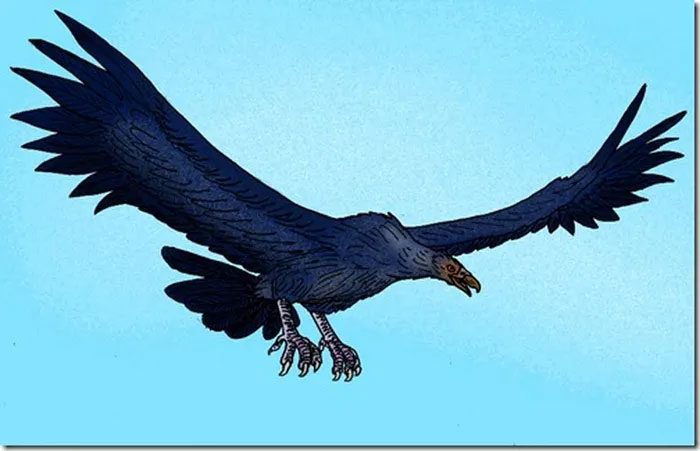
The wingspan of each Argentavis was about 7 meters, with a body length of 1.3 meters, a height of 2 meters, and a weight always exceeding 80 kg.




















































